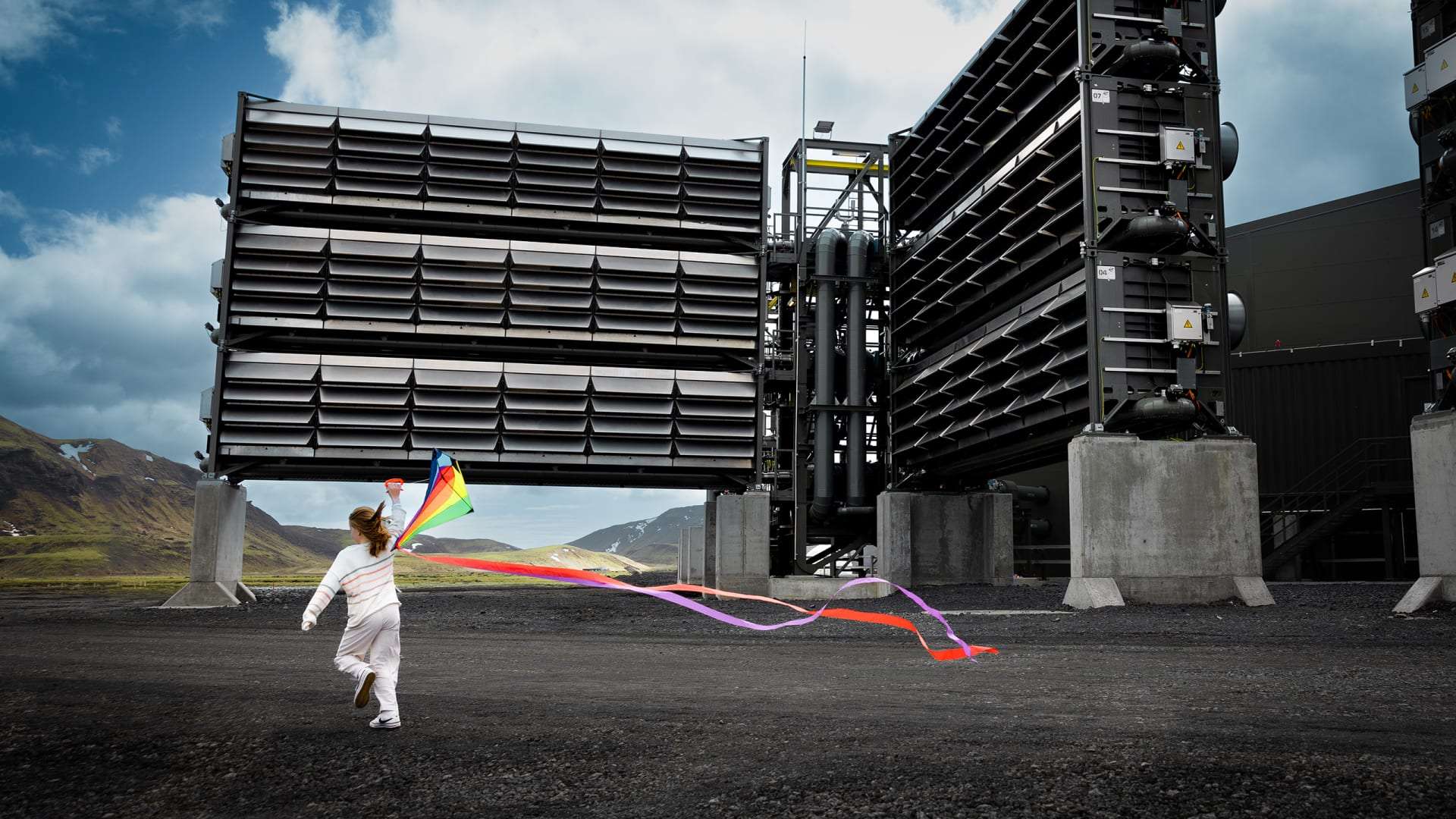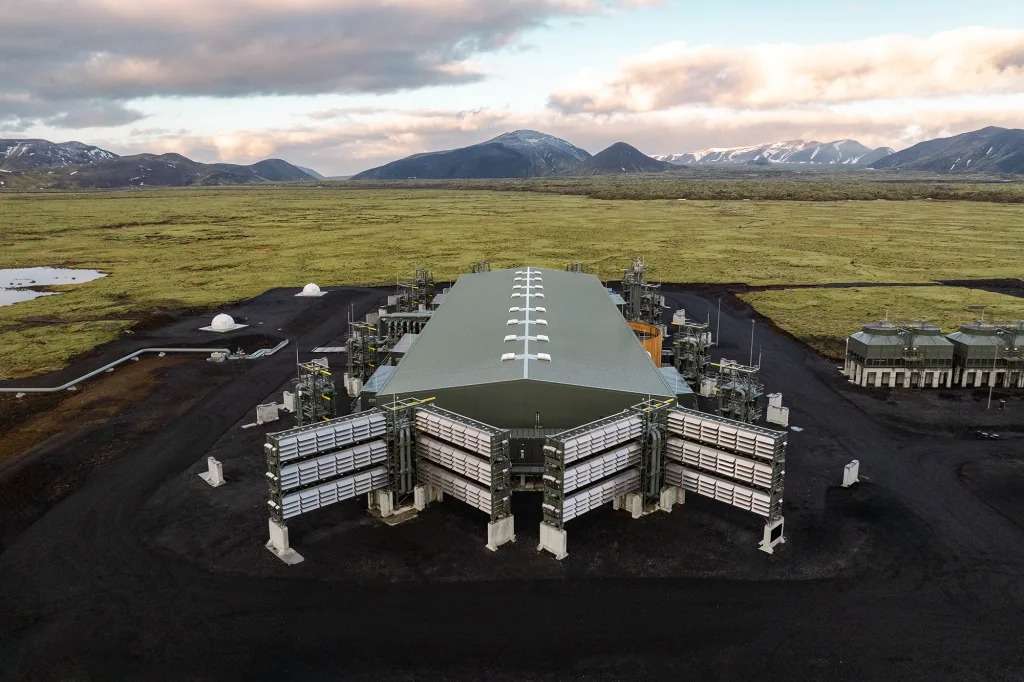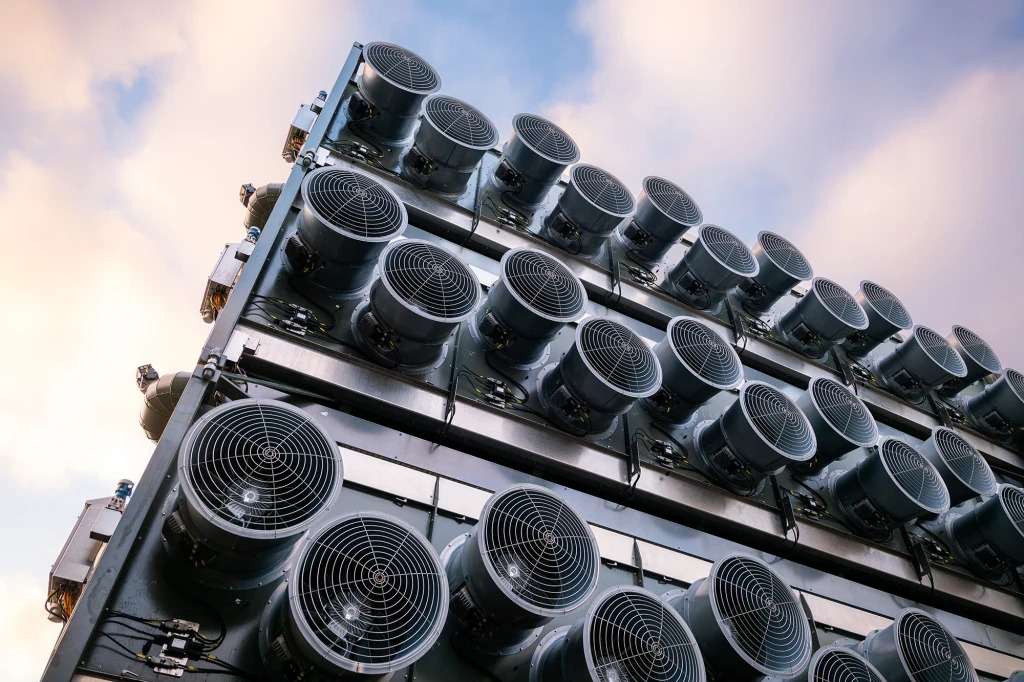"4 Children for Sale": The Tragic Story Of the Siblings Sold In Iconic 1948 Photo
In 1948, a photo was published of a Chicago woman apparently selling her children. Here’s what happened to the kids afterward.

In 2021, the inaugural large-scale carbon removal facility commenced its operation, extracting CO2 from the atmosphere in a remote region of Iceland. Now, Climeworks, the company responsible for its development, has launched an iteration that is ten times larger, making it the largest of its kind globally.
Contained within shipping-container-sized units, fans draw ambient air through filters designed to trap CO2. The process is powered by renewable energy sourced from a nearby geothermal plant. Once the CO2 is captured, it undergoes dissolution in water by a company named Carbfix, which subsequently injects it deep underground. There, it undergoes a natural reaction with basalt rocks, ultimately transforming into a permanent stone formation.
The recently established Mammoth plant has currently set up 12 modular containers. By year-end, this number will increase to 72, enabling the facility to capture approximately 36,000 tons of CO2 annually. Funding for this endeavor comes from selling carbon removal services to corporations such as Microsoft and Stripe. Although this is a significant improvement over the Orca plant, which captures about 4,000 tons, it still represents a fraction of the total human-generated air pollution, estimated at around 40 billion tons per year.

Climeworks is aggressively expanding its operations, leveraging insights gained from each installation to enhance subsequent ones—a strategy CEO Christoph Gebald terms "deployment-led innovation." In the United States, the company is pursuing three projects, each aimed at capturing at least one million tons of CO2 annually. Furthermore, it is actively developing new initiatives in Canada, Norway, and Kenya.
While the technology remains expensive, the declining cost of renewable energy can aid in cost reduction, and as Climeworks expands its operations, costs are expected to decrease further. Gebald emphasized the importance of industrial scale-up in lowering costs, stating that the development of an entire carbon removal industry over the next 10-20 years is essential to effectively combat the climate crisis, with capacities reaching gigatons of carbon removal by 2050.
Various companies are exploring different technological approaches to carbon removal from the air. For example, Heirloom, a startup, utilizes powdered rock dust to absorb carbon. Additionally, some researchers are developing passive systems capable of capturing and storing CO2 without significant energy consumption.

Addressing climate change requires humanity to eliminate emissions across all sectors of society, spanning transportation, power generation, and agriculture. However, alongside emission reduction efforts, carbon removal is also essential to achieve climate objectives. According to Gebald, meeting the temperature targets outlined in the Paris Agreement necessitates the removal of several billion tons of carbon dioxide from the atmosphere by 2050 at the latest. He emphasizes that while reducing emissions remains paramount, achieving net zero emissions by 2050 and beyond is unattainable without active carbon removal.
Gebald stresses that the magnitude of the challenge cannot be tackled by a single carbon removal solution alone. Instead, scaling up the most promising, scalable, and efficient solutions concurrently is imperative. He advocates for a balanced approach, incorporating both nature-based and technology-driven solutions. However, he acknowledges that scaling an industry to a gigaton scale cannot happen overnight. Therefore, action needs to commence immediately, maintaining momentum until 2050 to ensure meaningful carbon removal when it is most critical.
Be the first to comment